Points clés
- Le chocolat couverture contient un pourcentage plus élevé de beurre de cacao (32-39%) que le chocolat ordinaire, ce qui lui confère des propriétés de fonte supérieures et une meilleure saveur
- Un tempérage correct est essentiel lors de la manipulation du chocolat couverture pour obtenir la brillance, le cassant et la stabilité parfaits
- Disponible en variétés noir, lait, blanc et ruby, chacune avec des profils de saveurs et des applications distincts
- Les chocolatiers professionnels et les chefs pâtissiers préfèrent le chocolat couverture pour sa maniabilité et sa texture luxueuse en bouche
- Une couverture de qualité nécessite un stockage approprié entre 60-68°F (15-20°C) dans un environnement sec, à l'abri des odeurs fortes
- Explorer options premium de chocolat couverture chez Zucchero Canada pour votre prochaine création chocolatée
Chocolat Couverture
Dans le monde de la chocolaterie professionnelle, le chocolat couverture est la référence qui distingue les amateurs des artisans qualifiés. Cette variété de chocolat premium s'est forgée une réputation grâce à une qualité exceptionnelle, une maniabilité supérieure et la capacité de créer des confiseries époustouflantes qui justifient des prix élevés.
Dans ce guide complet, nous explorerons tout ce que vous devez savoir sur le chocolat couverture — de sa composition unique et ses variétés aux techniques de manipulation appropriées et aux applications créatives. Que vous soyez un chef pâtissier professionnel, un boulanger amateur passionné ou simplement un connaisseur de chocolat, comprendre le chocolat couverture élèvera votre appréciation et votre maîtrise du chocolat de qualité.
Qu'est-ce que le chocolat couverture ?
Le chocolat couverture (prononcé "koo-vehr-TYOOR") tire son nom du mot français "couvrir", qui signifie "recouvrir" ou "enrober". Cette étymologie reflète parfaitement son objectif principal : créer des enrobages impeccables, des moulages élégants et des applications de chocolat de qualité professionnelle qui témoignent d'un véritable savoir-faire.
La distinction fondamentale entre le chocolat couverture et le chocolat ordinaire réside dans la teneur en beurre de cacao. Alors que le chocolat de consommation standard contient environ 15-18% de beurre de cacao, le chocolat couverture affiche des niveaux nettement plus élevés allant de 31% à 39%. Ce beurre de cacao supplémentaire transforme à la fois le comportement du chocolat lors du traitement et son profil de goût final.
La différence entre le chocolat couverture et le chocolat ordinaire
Comprendre les distinctions entre le chocolat couverture et le chocolat ordinaire aide à expliquer pourquoi les professionnels sont prêts à payer un supplément pour ce produit spécialisé :
Différences de composition
-
Chocolat couverture: Contient 32-39% de beurre de cacao, utilise uniquement du beurre de cacao véritable comme composant gras, et inclut généralement des fèves de cacao premium
-
Chocolat ordinaire: Contient environ 25-30% de beurre de cacao et suit des exigences de qualité moins strictes
-
Chocolat composé: Contient des graisses végétales au lieu de beurre de cacao, ce qui le rend plus facile à travailler mais nettement inférieur en goût et en texture
Différences de performance
-
Comportement à la fusion: Le chocolat couverture fond de manière lisse et uniforme à une température précise grâce à sa teneur élevée en beurre de cacao
-
Propriétés de prise: Lorsqu'elle est correctement tempérée, la couverture forme des surfaces stables et brillantes avec un cassant net
-
Sensation en bouche: La couverture fond doucement sur la langue, libérant progressivement des notes de saveur complexes
-
Complexité des saveurs: Les ingrédients de meilleure qualité et les processus de fabrication aboutissent à des profils de saveur plus nuancés
Différences d'application
-
Chocolat couverture: Idéal pour l'enrobage, le moulage, le trempage et la création de décorations où l'apparence et la sensation en bouche sont primordiales
-
Chocolat ordinaire: Mieux adapté à la cuisson dans les biscuits, gâteaux et autres applications où les propriétés de fusion sont moins critiques
-
Chocolat composé: Utilisé principalement dans la fabrication commerciale où le contrôle des coûts et la facilité de manipulation priment sur les préoccupations de qualité
Caractéristiques clés du chocolat couverture
Teneur élevée en beurre de cacao
La caractéristique définissante du chocolat couverture est son pourcentage élevé de beurre de cacao. Cette graisse naturelle dérivée des fèves de cacao confère plusieurs avantages au chocolat couverture :
-
Point de fusion plus bas: Le beurre de cacao fond précisément à la température du corps (environ 93-95°F ou 34-35°C), créant cette sensation recherchée de "fondant en bouche"
-
Structure cristalline: Le beurre de cacao forme des structures cristallines complexes lorsqu'il est correctement tempéré, ce qui donne l'éclat et le cassant caractéristiques
-
Support de saveur: Le beurre de cacao sert d'excellent support pour transporter et améliorer les composés aromatiques
-
Texture lisse: La teneur plus élevée en matières grasses crée une texture soyeuse inégalée qui enrobe le palais
Profils de saveur
Le chocolat couverture offre une complexité de saveur exceptionnelle grâce à plusieurs facteurs :
-
Sélection des fèves: La couverture premium utilise souvent des fèves d'origine unique ou des mélanges soigneusement élaborés
-
Méthodes de transformation: Le conchage (un processus de mélange et d'aération) est généralement effectué plus longtemps pour la couverture, développant des saveurs plus raffinées
-
Additifs minimaux: Une couverture de qualité contient moins d'additifs et d'émulsifiants qui pourraient masquer les notes naturelles du chocolat
-
Développement des saveurs: La teneur plus élevée en beurre de cacao aide les saveurs à se développer et à persister sur le palais
Texture et sensation en bouche
L'expérience texturale du chocolat de couverture est distinctive et luxueuse :
-
Claquement net: Une couverture correctement tempérée casse avec un claquement net et satisfaisant
-
Dissolution lisse: Il fond uniformément sur la langue sans granulosité
-
Sensation de fraîcheur: La fonte rapide du beurre de cacao crée un léger effet rafraîchissant en bouche
-
Finale persistante: L'expérience de saveur et de texture continue après la fonte du chocolat
Types de chocolat de couverture
Couverture noire
Le chocolat de couverture noir contient de la masse de cacao, du beurre de cacao, du sucre, et généralement une petite quantité de vanille et de lécithine. Aucun solide de lait n'est ajouté. Les caractéristiques clés incluent :
-
Teneur en cacao: Généralement compris entre 55 % et 85 % de solides totaux de cacao
-
Profil aromatique: Les notes peuvent varier de fruitées et acides à terreuses et torréfiées, selon l'origine des fèves et le traitement
-
Meilleures utilisations: Enrobage des truffes, moulage des bonbons, réalisation de décorations en chocolat, et applications où une saveur pure de chocolat est souhaitée
-
Plage de tempérage: Tempéré typiquement à 88-90°F (31-32°C)
Chocolat au lait de couverture
Le chocolat au lait de couverture contient de la masse de cacao, du beurre de cacao, du sucre, des solides de lait, et généralement de la vanille et de la lécithine. Il offre :
-
Teneur en cacao: Généralement entre 30-45% de solides totaux de cacao
-
Teneur en matière grasse de lait: La teneur supplémentaire en matière grasse de lait affecte la saveur et les propriétés de tempérage
-
Profil aromatique: Plus crémeux, plus sucré, avec des notes de caramel et de produits laitiers complétant la saveur du chocolat
-
Meilleures utilisations: Enrobage de centres aux saveurs plus délicates, création de coques et décorations en chocolat au lait
-
Plage de tempérage: Généralement tempéré à une température légèrement inférieure de 86-88°F (30-31°C)
Chocolat blanc de couverture
Le chocolat blanc de couverture contient du beurre de cacao, du sucre, des solides de lait, de la vanille et de la lécithine, mais pas de solides de cacao. Ses caractéristiques incluent :
-
Teneur en beurre de cacao: Doit contenir un pourcentage minimum de beurre de cacao (généralement au moins 32%)
-
Profil aromatique: Doux, crémeux, avec des notes de vanille et sans saveur de chocolat (car il ne contient pas de solides de cacao)
-
Meilleures utilisations: Création de décorations contrastées, de coques en chocolat blanc et de glaçages pour un attrait visuel
-
Plage de tempérage: La température de tempérage la plus basse à 84-86°F (29-30°C)
| Teneur en cacao | Profil aromatique | Meilleures applications |
|---|---|---|
| 54-60% | Équilibré, accessible | Ganaches, mousses, enrobage général |
| 64-70% | Riche, complexe | Truffes, confiseries haut de gamme |
| 72-80% | Intense, sophistiqué | Applications d'origine unique, techniques avancées |
| 85 % et plus | Très intense, douceur minimale | Applications spécialisées, produits pour les consommateurs soucieux de leur santé |
Couverture vs. Regular Chocolate : différences clés
Comprendre les distinctions entre couverture chocolate et le chocolat de consommation courante aide les professionnels à faire des choix d'ingrédients éclairés et à définir des attentes appropriées pour les clients.
Différences de composition
Regular Chocolate :
- Teneur en beurre de cacao de 15-18 %
- Contient souvent des graisses végétales comme mesure de réduction des coûts
- Formulé principalement pour la consommation directe
- Peut contenir des stabilisants et des conservateurs
Couverture Chocolate :
- Teneur en beurre de cacao de 31-39 %
- Beurre de cacao pur sans substitutions de matières grasses végétales
- Optimisé pour le traitement et les applications professionnelles
- Additifs minimaux pour des profils de saveur nets
Comment utiliser le chocolat couverture
Confiserie et truffes
Le chocolat couverture excelle dans les applications de confiserie fine :
-
Bonbons moulés: Création de coques fines et uniformes dans des moules à chocolat
-
Truffes trempées à la main: Enrobage de centres de ganache avec une fine couche croquante
-
Chocolats fourrés: Coulage de coques et remplissage avec des caramels, pralinés ou garnitures de liqueur
-
Objets moulés solides: Création de figures solides en chocolat avec un excellent brillant et un bon cassant
Décorations en chocolat
Les propriétés supérieures d'écoulement et de prise rendent la couverture idéale pour le travail décoratif :
-
Boucles et copeaux de chocolat: Création de décorations délicates pour garnitures de desserts
-
Rubans de chocolat: Coulage de feuilles fines pour emballage ou décoration
-
Feuilles de transfert: Travail avec des motifs imprimés en beurre de cacao
-
Pièces artistiques en chocolat: Réalisation de pièces d'exposition élaborées pour concours ou événements
Enrobage et trempage
Les propriétés fluides de la couverture lorsqu'elle est tempérée la rendent parfaite pour l'enrobage :
-
Confiseries enrobées: Enrobage professionnel de caramels, nougats et autres centres
-
Fruits enrobés: Création de fraises, écorces d'orange ou autres fruits enrobés de chocolat
-
Trempage de cookies: Enrobage partiel de biscuits ou cookies avec du chocolat parfaitement cristallisé
-
Enrobage de noix: Enrobage de noix pour amandes, noisettes au chocolat, etc.
Applications en pâtisserie
Bien que principalement utilisée pour les touches finales, la couverture peut sublimer la pâtisserie :
-
Décor en chocolat: Création d'éléments décoratifs pour gâteaux et pâtisseries
-
Ganache : Réaliser une ganache supérieure pour le fourrage ou le glaçage de gâteaux
-
Mousse : Créer une mousse au chocolat soyeuse avec une saveur exceptionnelle
-
Morceaux pour cuisson : Hacher en morceaux pour des cookies et brownies haut de gamme
Principales marques de couverture
Plusieurs fabricants sont renommés pour leurs produits de couverture de qualité :
-
Valrhona (France)
-
Callebaut (Belgique)
-
Cacao Barry (France)
-
Guittard (USA)
-
Felchlin (Suisse)
-
La collection de chocolat haut de gamme de Zucchero Canada comprend plusieurs options exceptionnelles de couverture
Conclusion : Élever vos créations chocolatées
Le chocolat de couverture représente la norme d'excellence dans le monde du chocolat, offrant une qualité, une maniabilité et une expérience sensorielle inégalées. Bien qu'il exige une manipulation plus soigneuse que le chocolat ordinaire ou composé, les résultats valent largement cette attention supplémentaire.
Pour ceux qui prennent le travail du chocolat au sérieux, investir dans un chocolat de couverture de qualité est essentiel. Zucchero Canada propose une sélection sélectionnée de produits en chocolat haut de gamme, y compris des variétés fines de couverture parfaites pour les chocolatiers professionnels et ambitieux à domicile.
Au fur et à mesure que vous poursuivez votre voyage chocolaté, souvenez-vous que la pratique est la clé pour maîtriser l'art de travailler avec le chocolat de couverture. Chaque séance de tempérage, chaque tentative de moulage, et chaque élément décoratif que vous créez renforceront vos compétences et votre confiance. La récompense : créer des confiseries au chocolat avec un brillant professionnel, un cassant et une saveur, est vraiment satisfaisante pour le créateur comme pour le consommateur.
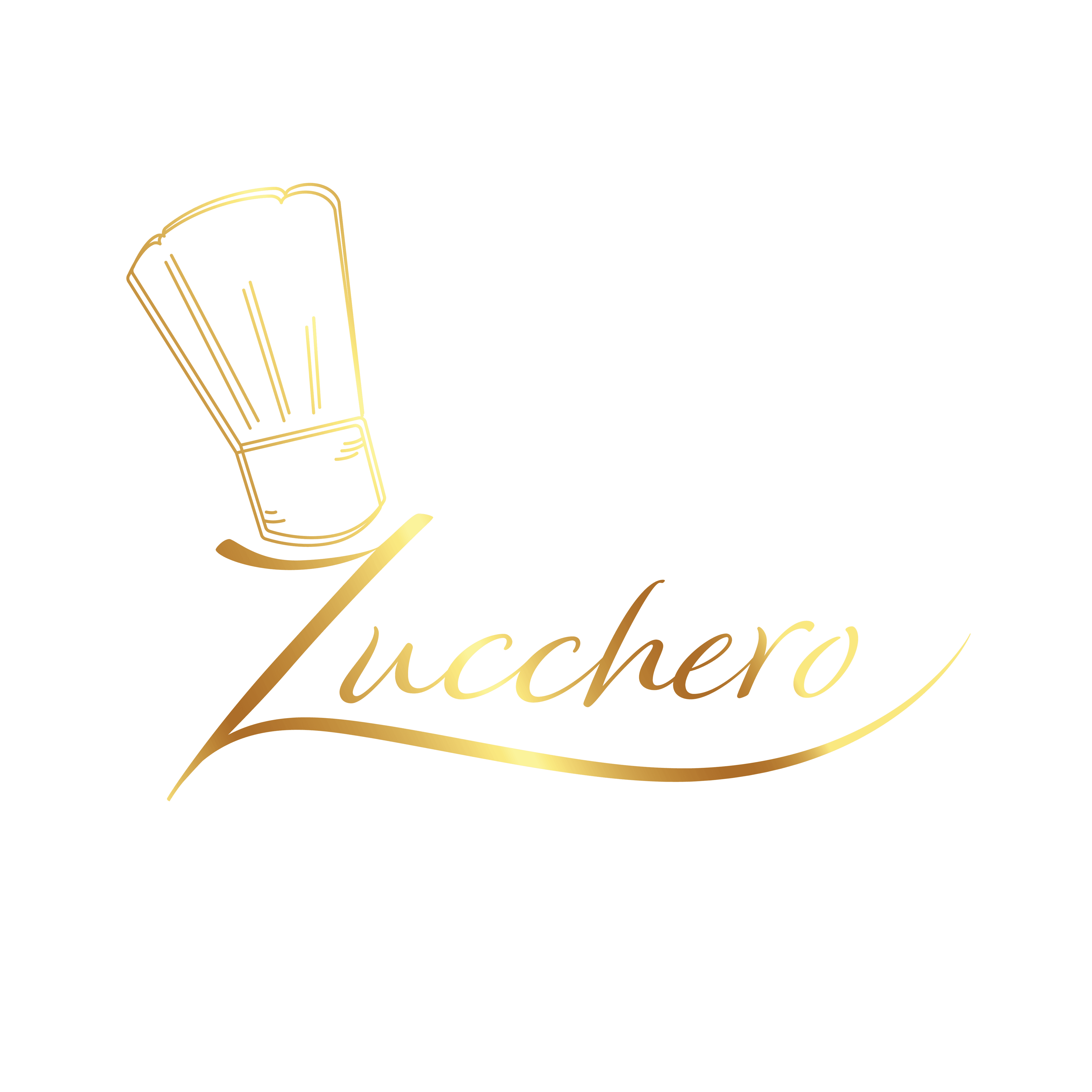
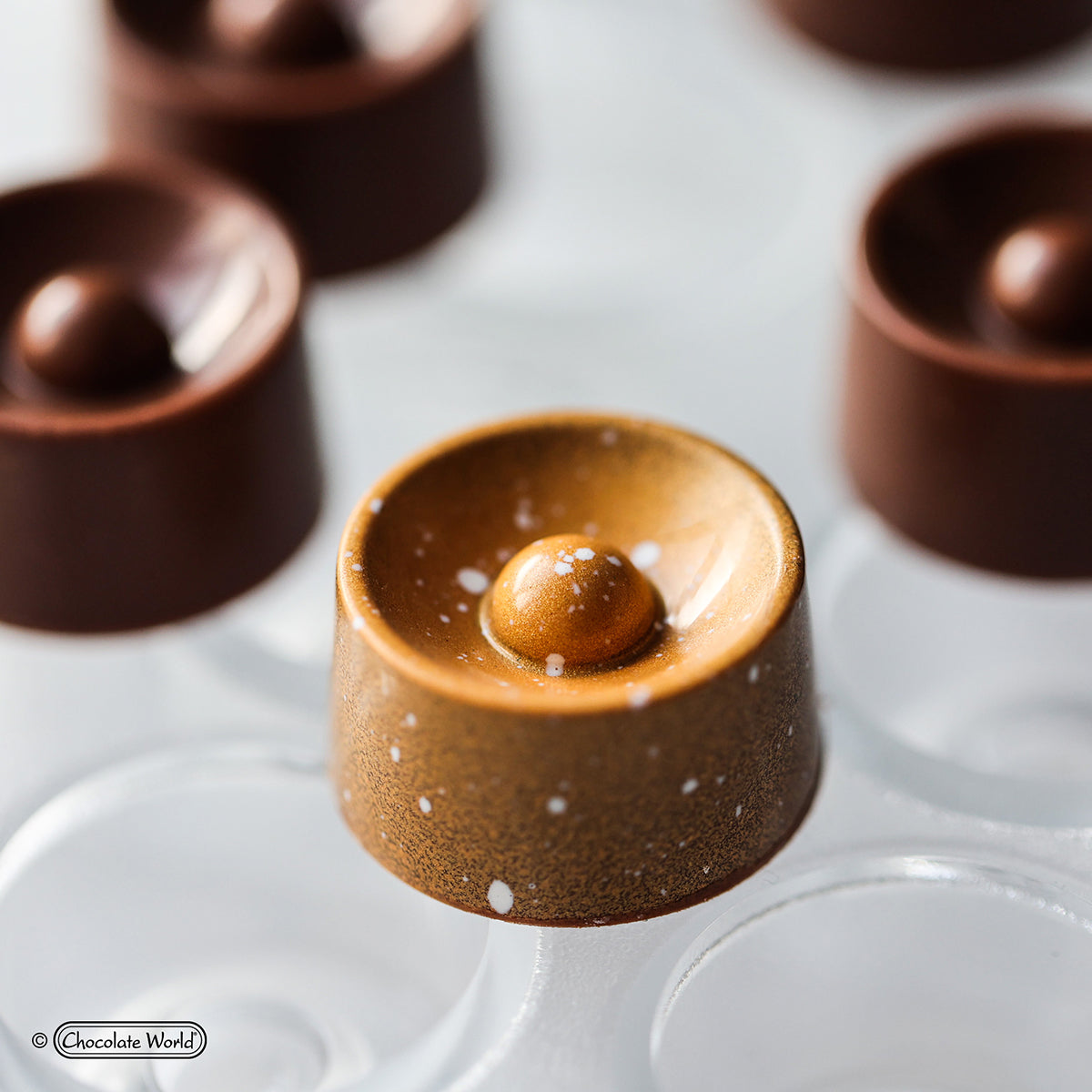
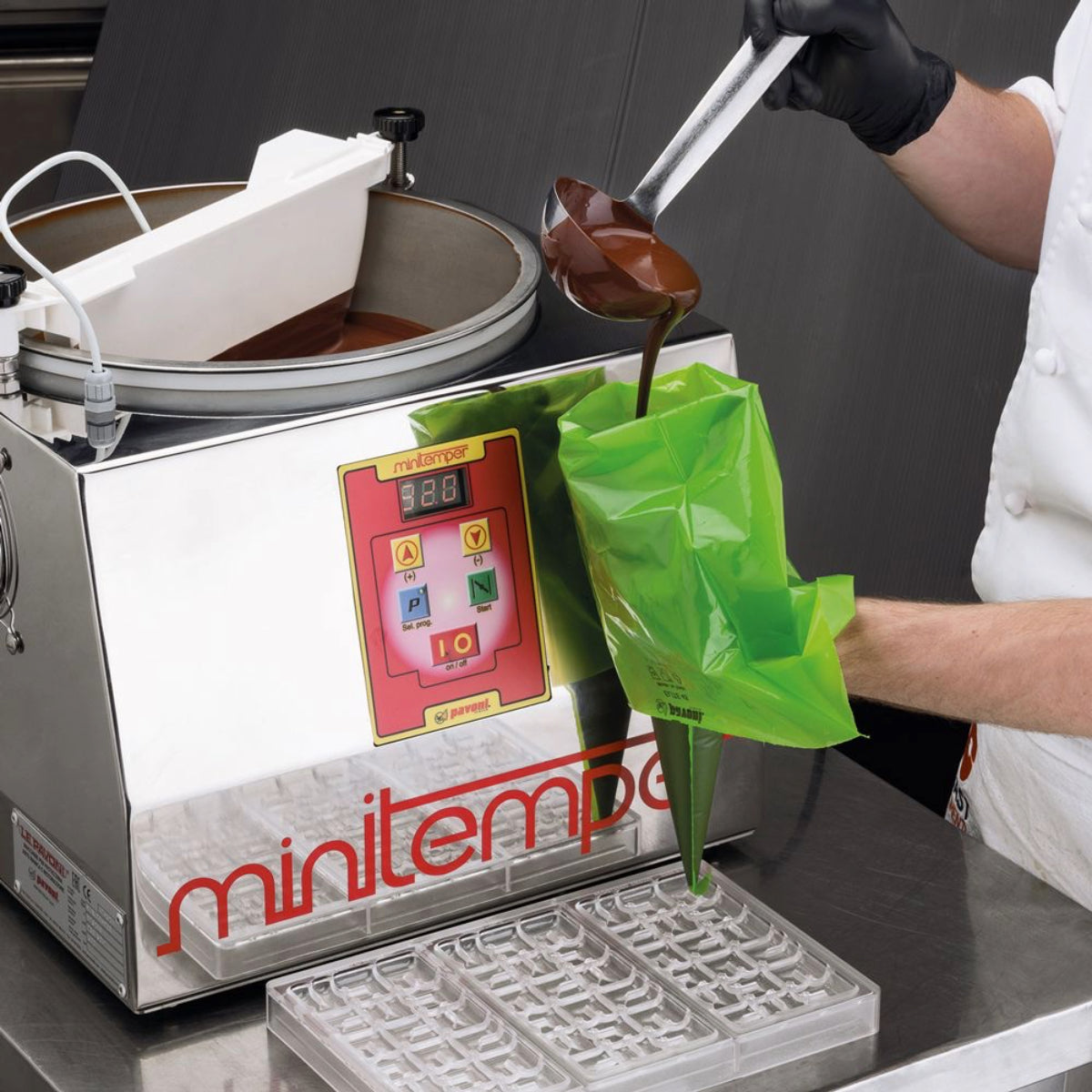
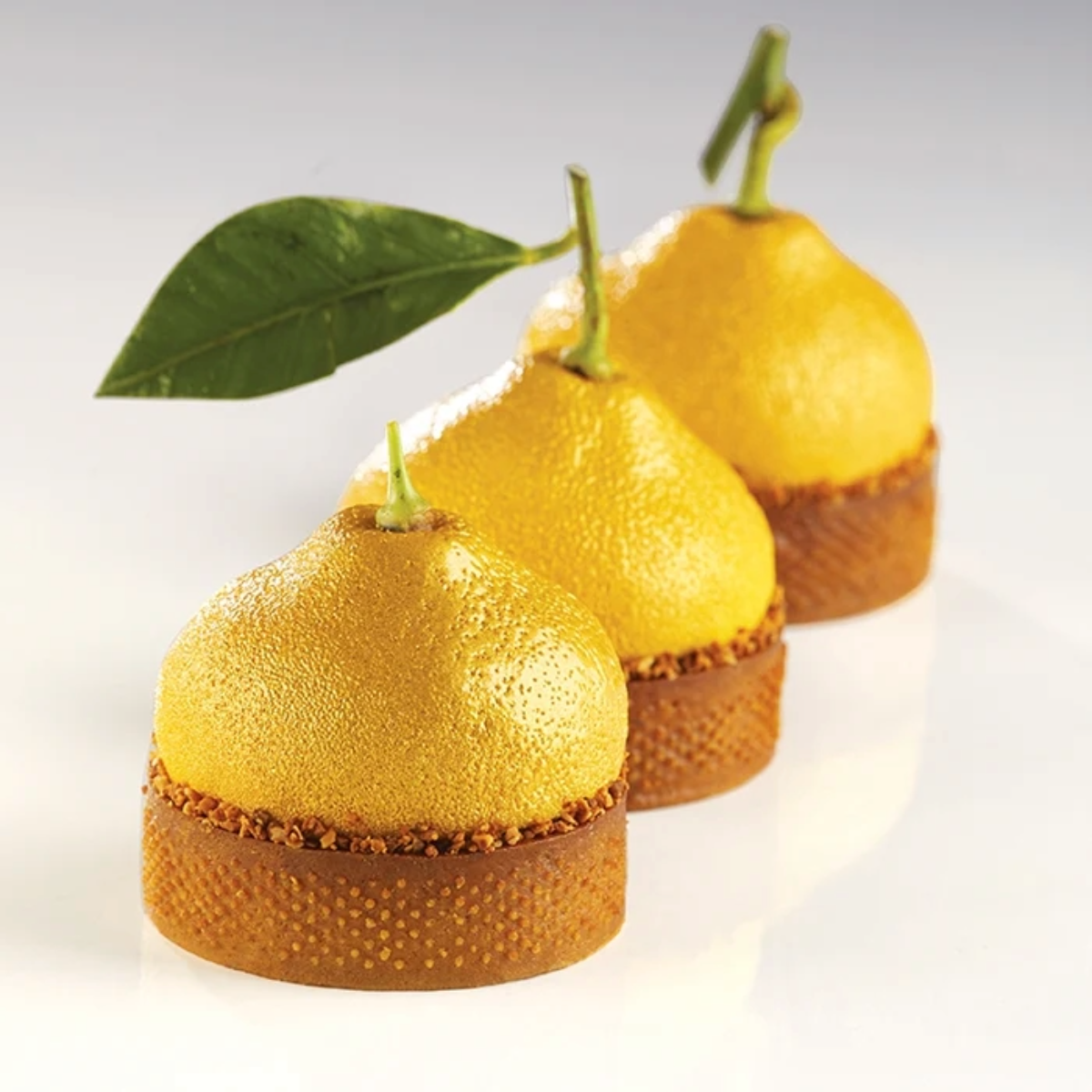
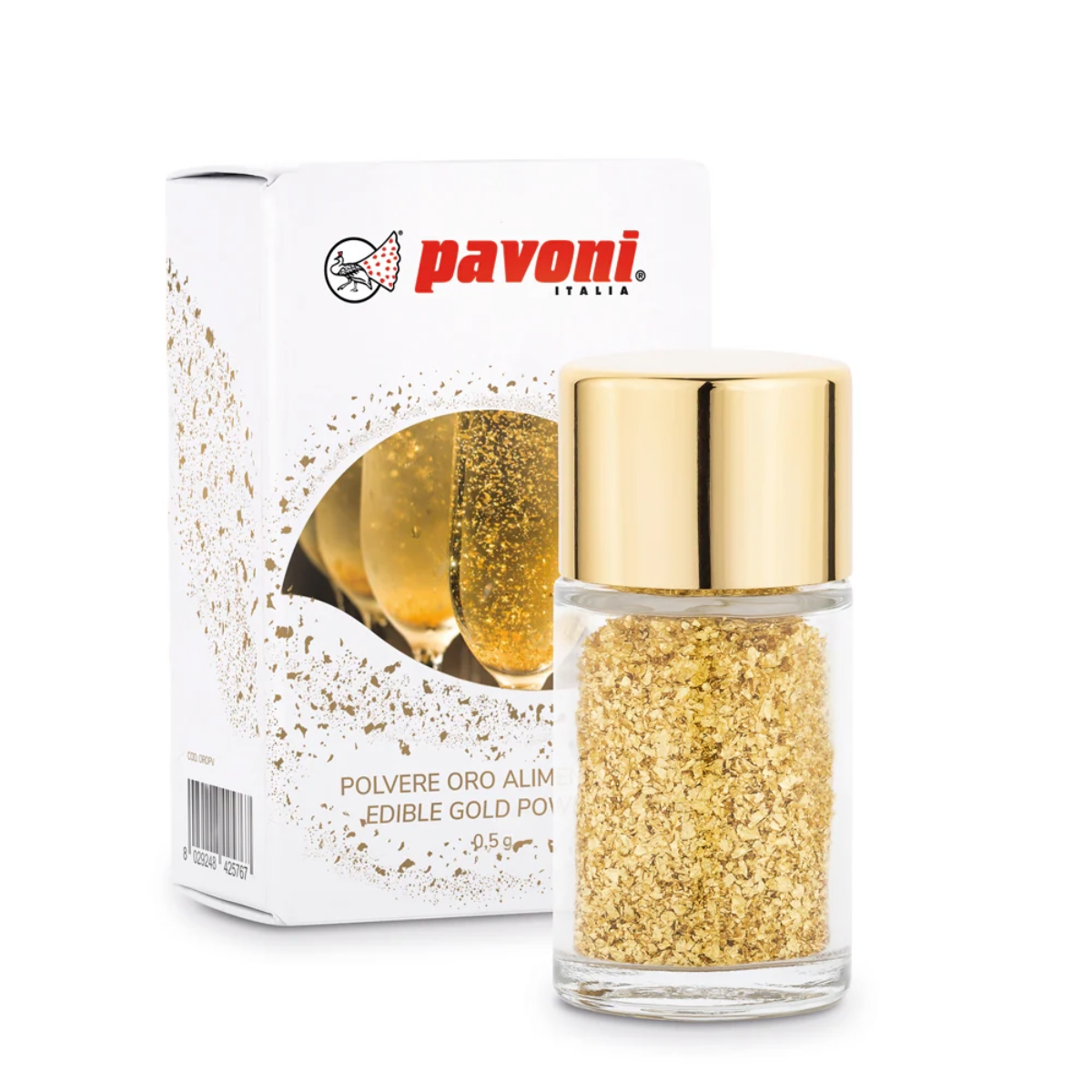

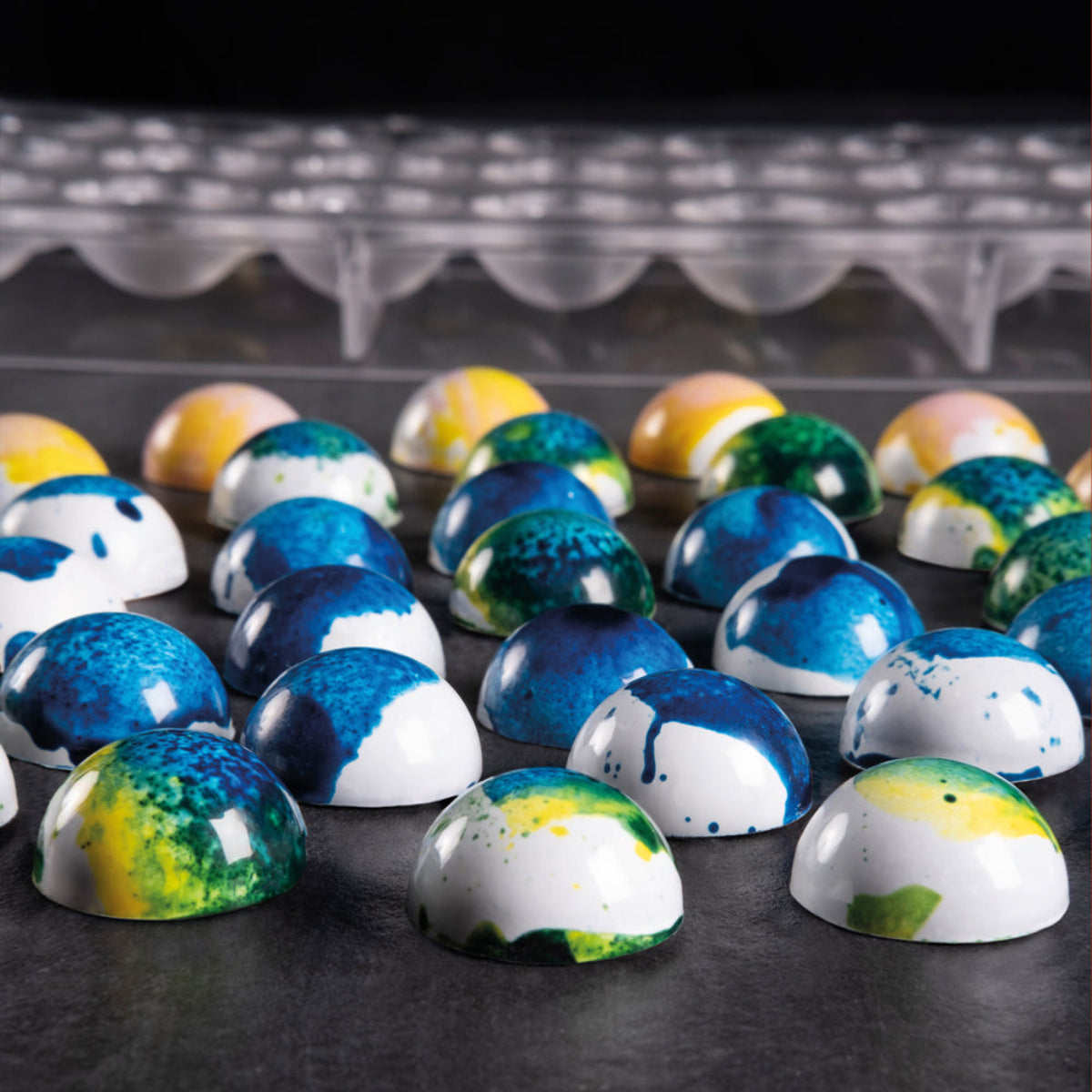



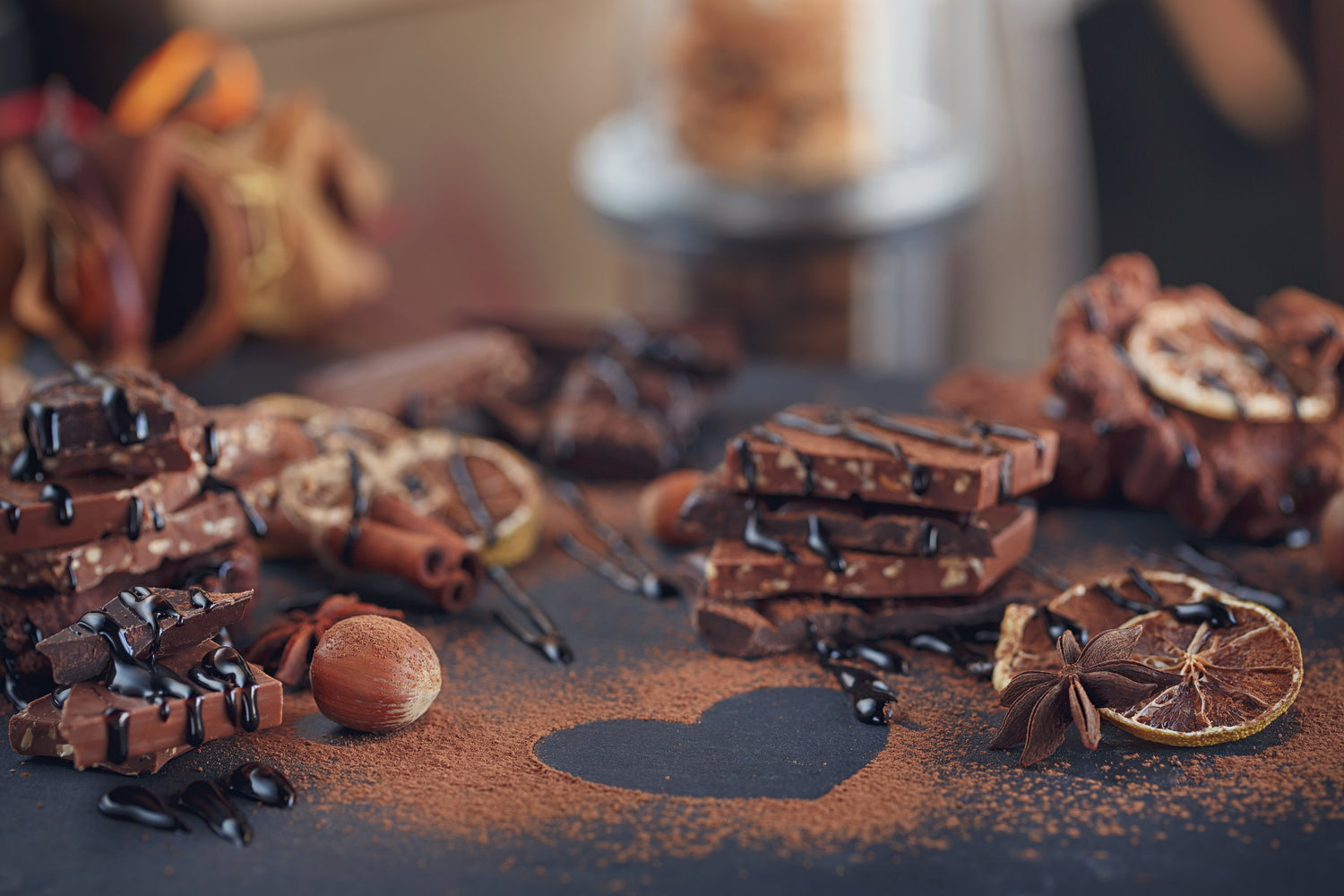
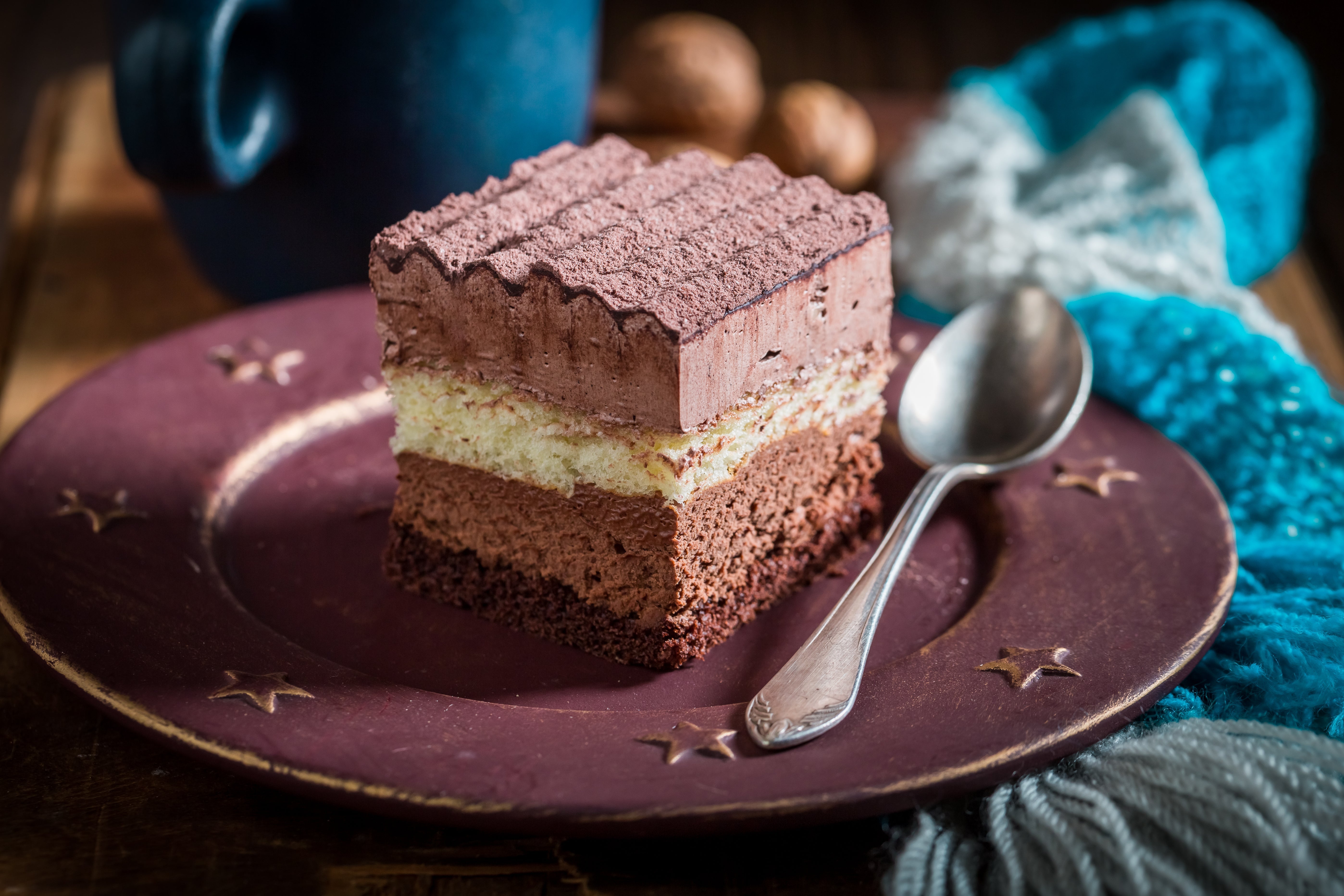
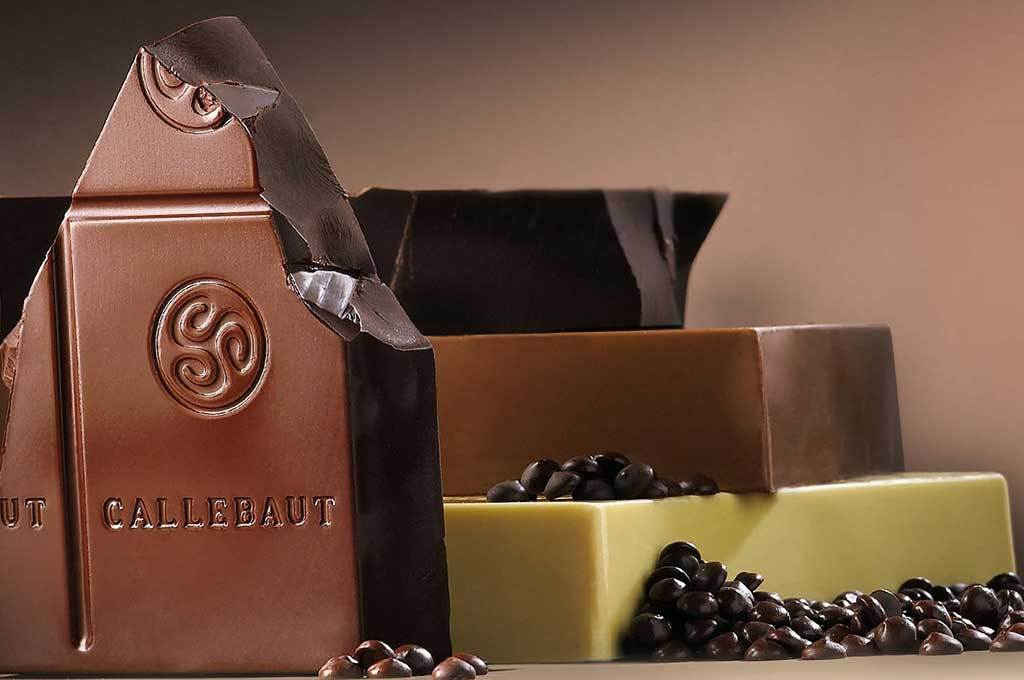


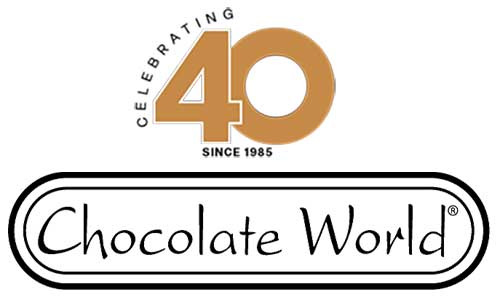

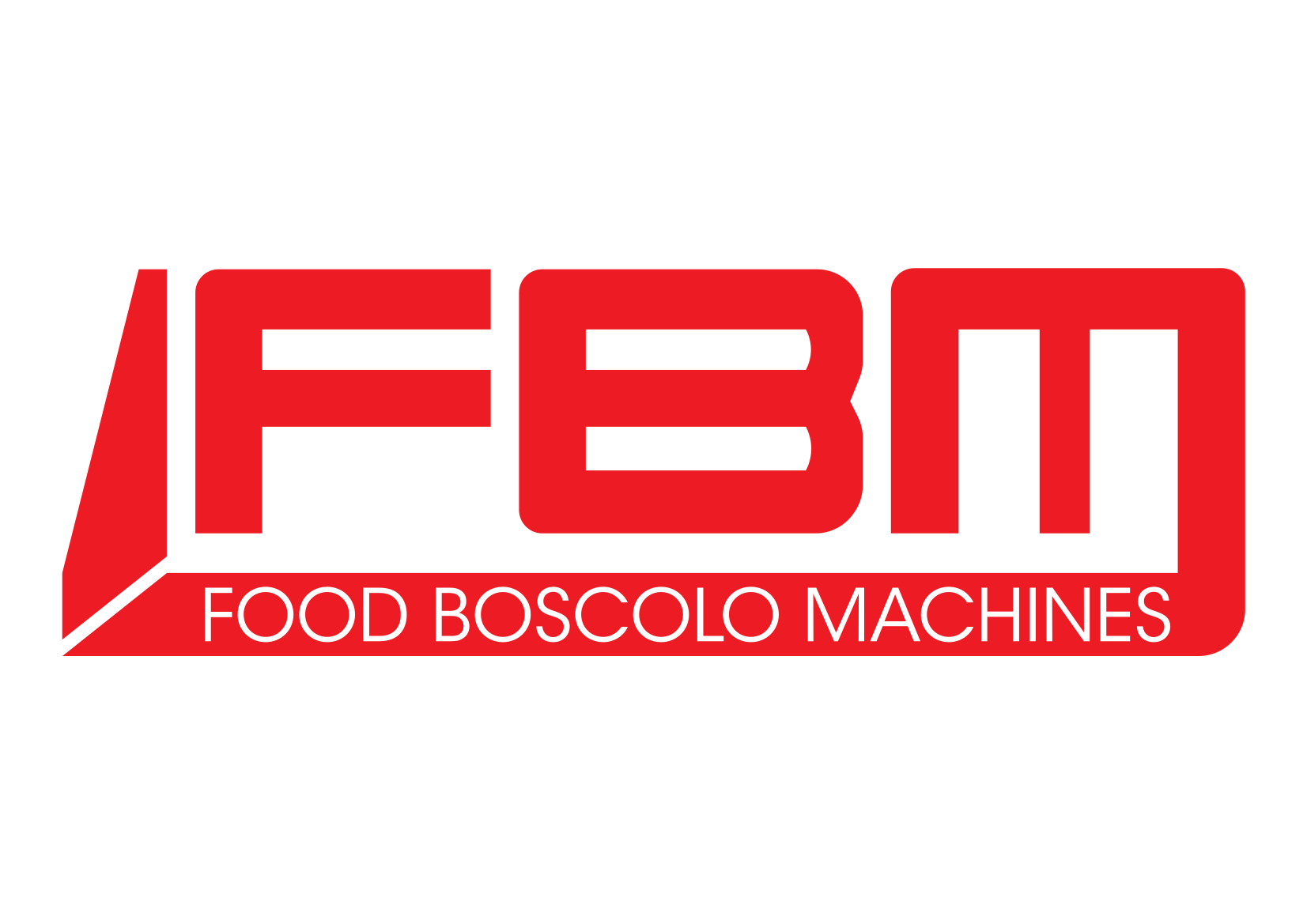
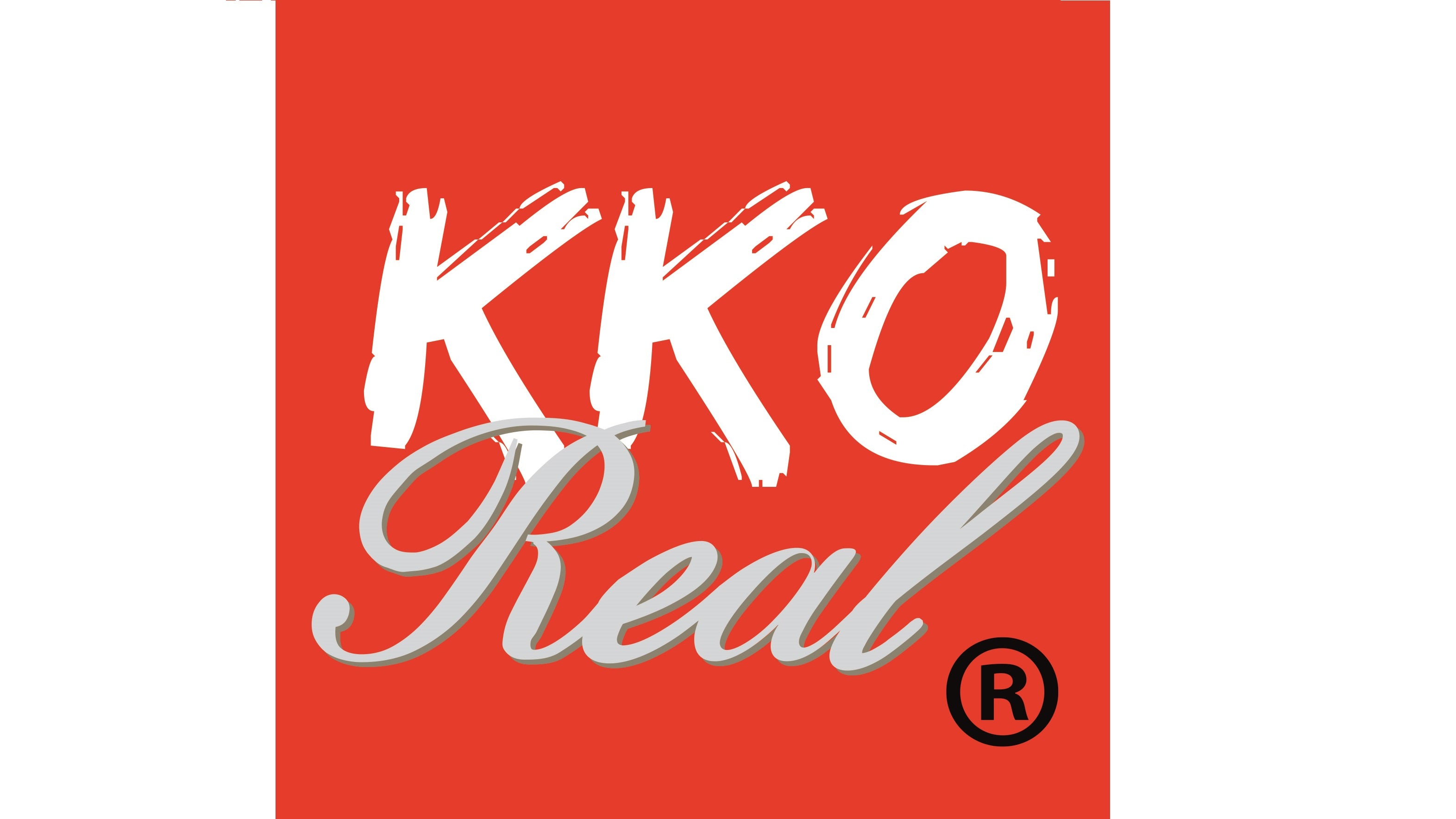


















Laisser un commentaire
Tous les commentaires sont modérés avant d'être publiés.
Ce site est protégé par hCaptcha, et la Politique de confidentialité et les Conditions de service de hCaptcha s’appliquent.